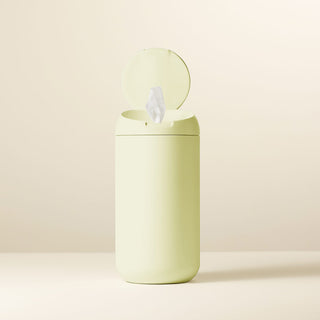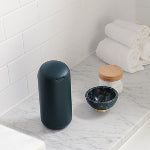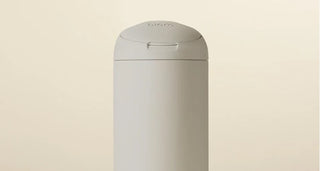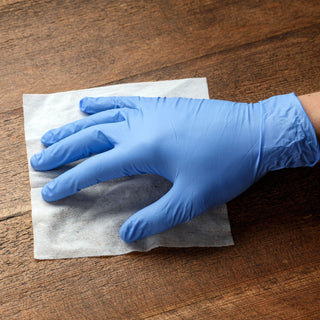They’re also not the same as disposable cleaning wipes. So when it’s time to kill viruses, bacteria, and other types of germs, it’s important to know which one’s best for the job. Here’s what’s inside this guide:
- What are antibacterial wipes?
- Antibacterial wipe ingredients: What kills viruses and bacteria?
- Do antibacterial wipes kill coronavirus?
- Can I use antibacterial wipes to clean my hands?
- Antibacterial vs. disinfectant: Is there a difference?






